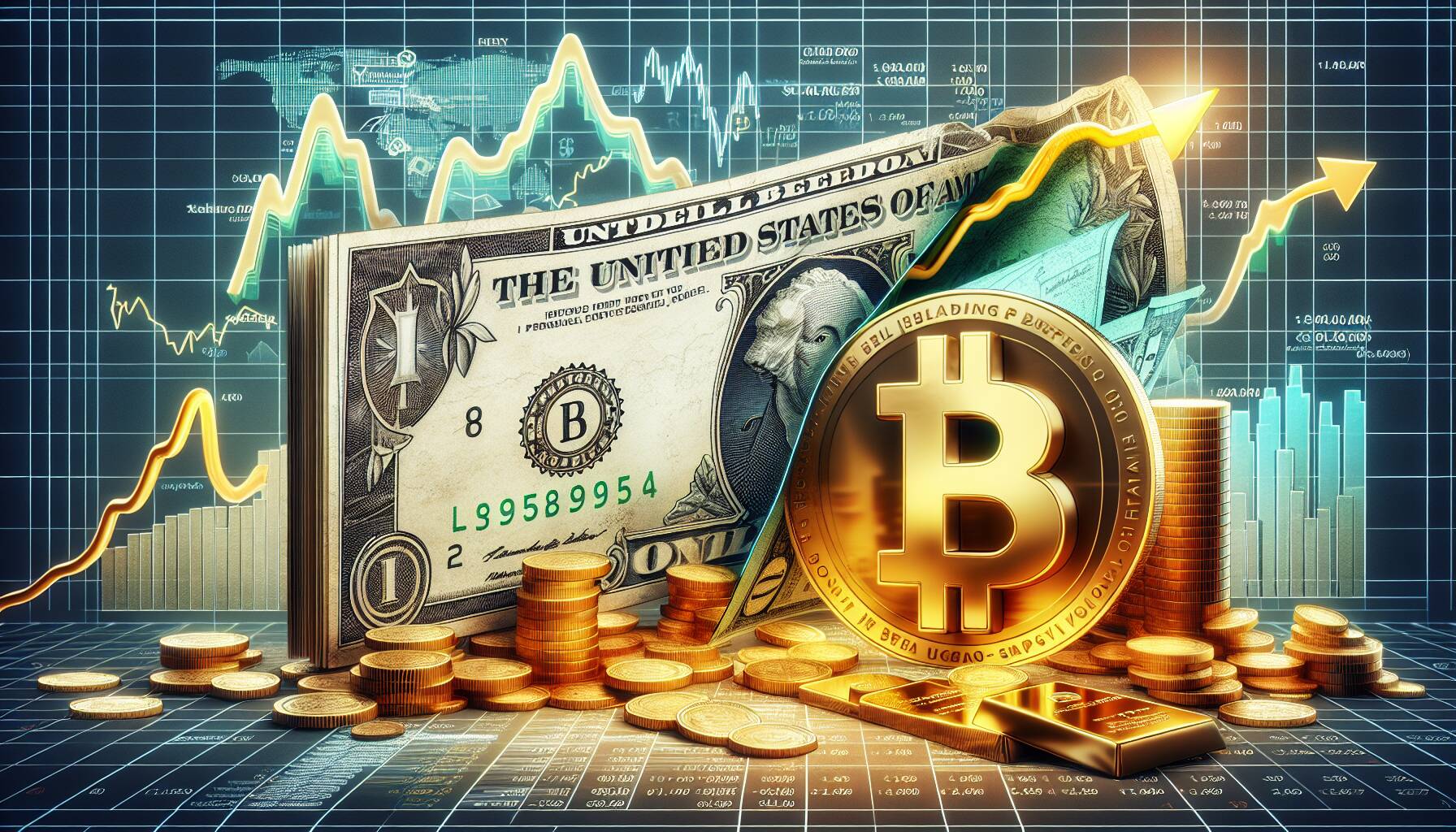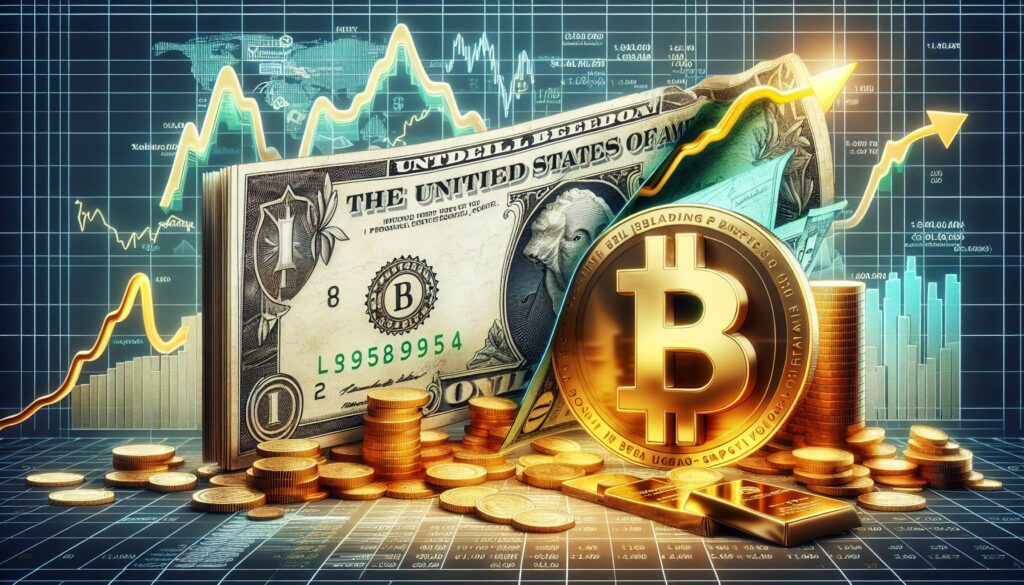In the ever-evolving landscape of cryptocurrency, recent analyses suggest a looming crisis surrounding the U.S. dollar could ignite a substantial surge in Bitcoin’s price, potentially positioning it as a formidable alternative to traditional safe-haven assets like gold. A prediction highlighted by Forbes indicates that as inflationary pressures continue to mount, the allure of Bitcoin may draw more investors seeking stability amid economic uncertainties.
Simultaneously, other cryptocurrencies such as XRP, HBAR, BGB, and XMR are displaying bullish trends, indicating renewed investor interest and potential upward movements. This excitement in the altcoin markets comes as Bitcoin itself is making headlines by hovering around a significant price point of ,000, despite some fluctuations influenced by the latest jobs report and its implications for inflation.
“The recent hot jobs report has injected a wave of volatility into the crypto market, raising questions about inflation that could affect Bitcoin and other digital assets,”
notes Barron’s, emphasizing the delicate balance Bitcoin must maintain as it searches for its footing in the market. Crypto.news further underscores the caution around Bitcoin’s performance, pointing to bearish divergences and a decrease in hash rate as potential warning signs for investors.
As the cryptocurrency realm grapples with these developments, it stands at a crossroads where economic indicators significantly influence market trajectories. With the dollar’s instability being a focal point, the path ahead for Bitcoin and its counterparts will be closely watched by those within the financial ecosystem.

Stealth Fed Dollar Crisis Predicted To Spark A Bitcoin Price Boom
The current economic landscape is influenced by various factors that could lead to significant changes in the cryptocurrency market, especially Bitcoin. Understanding these dynamics is crucial for potential investors and enthusiasts alike.
- Federal Reserve Concerns:
- The predicted dollar crisis may create an environment where Bitcoin becomes more attractive as a store of value.
- Inflation concerns driven by economic reports could fuel interest in alternative assets like Bitcoin and gold.
- Bitcoin’s Market Position:
- Currently hovering around ,000, Bitcoin’s price is sensitive to broader economic indicators.
- Bearish divergences and falling hash rates may pose risks to Bitcoin’s upward momentum.
- Other Cryptocurrencies Showing Strength:
- XRP, HBAR, BGB, and XMR are displaying bullish indicators, which might reflect a shifting sentiment in the crypto market.
- Job Market Influences:
- The recent jobs report has implications for inflation, which directly affects investment decisions in crypto.
- Market reactions to economic data can trigger volatility in Bitcoin pricing.
Understanding these market signals and economic factors could empower readers to make informed investment decisions and better navigate the evolving landscape of cryptocurrencies.
Exploring the Bitcoin Market Amid Economic Turbulence
The recent waves in the cryptocurrency landscape particularly highlight the ongoing tensions between traditional financial systems and digital assets like Bitcoin. Various analyses point to a potential crisis involving the US dollar, creating speculation that Bitcoin may soon outshine traditional safe havens such as gold. As Bitcoin prices hover around ,000 and grapple with the implications of a hot jobs report, several factors amplify the volatility in the market.
When comparing Bitcoin to its counterparts, several cryptocurrencies, including XRP, HBAR, BGB, and XMR, are also displaying bullish signs. However, their market dynamics differ significantly from Bitcoin’s broader narrative. One competitive advantage for Bitcoin is its established status as a store of value, which could attract investors looking for protection against dollar instability. In contrast, altcoins like XRP and HBAR may struggle to garner similar confidence due to their fluctuating regulatory issues and market acceptance.
On the downside, while Bitcoin is often perceived as the go-to digital asset, its recent bearish divergence and declining hash rates pose particular threats that could deter new investors. The ongoing inflation concerns highlighted in the jobs report might create reluctance among traditional investors, tilting them away from crypto investments as they evaluate risk levels. Meanwhile, altcoins may further capitalize on this uncertainty by offering lower price points and potentially higher returns, but this carries its own risks.
Investors seeking shelter from inflation and potential dollar devaluation might find themselves at a crossroads. While seasoned investors may lean towards Bitcoin for its legacy and market dominance, newcomers could be attracted to the prospect of altcoins that flash bullish signs but may not possess the same robustness. Ultimately, this environment creates opportunities for astute investors while posing challenges for those who are less informed about the complexities of the crypto market.
















